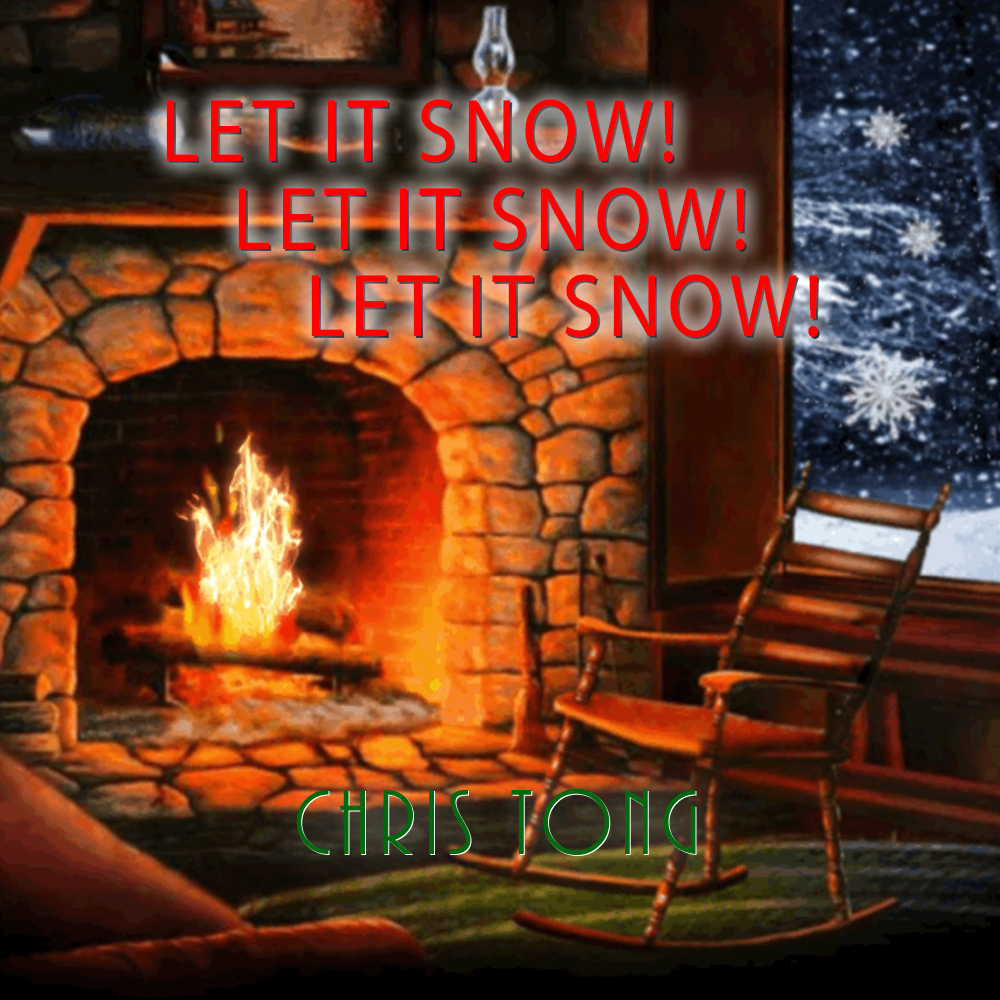| Home | Playlists / Albums | Other Music | Music Links | About Chris | Contact Chris |

| If YouTube asks you to sign in to prove you're not a bot, use the player below instead: |
| I love holiday music! So I've created a playlist of all the holiday songs I've recorded to date. I'll be adding more with time! |
| If YouTube asks you to sign in to prove you're not a bot, use the playlist player below instead. Pressing a particular song in the player below will start the playlist playing at that song. Pressing "q" will pause, pressing "p" will start playing again. |
|
Let It Snow! Let It Snow! LINKS ABOUT THIS SONG release date of this version: December 21, 2024 length: 2 min 38 sec music: Jule Styne lyrics: Sammy Cahn vocals: Chris Tong karaoke arrangement: Songjam: Official Karaoke I'm singing Let It Snow! to a wonderful, high-energy, big band karaoke arrangement, based on Michael Buble's version of the song. A lot of fun to sing and play around with my voice, especially when I completely let loose at the end. LYRICS Oh, the weather outside is frightful. It doesn't show signs of stoppin'. When we finally kiss goodnight, The fire is slowly dying. It doesn't show signs of stoppin'. [INSTRUMENTAL] When we finally kiss goodnight, The fire is slowly dying. ADDITIONAL NOTES |
top |
| Home | Playlists / Albums | Other Music | Music Links | About Chris | Contact Chris |